The price of most beef products on UK supermarket shelves has increased in the past 12 months, while the price paid to farmers for prime cattle is down by around £100/head over the same period.
A survey of beef in the British retail market, conducted by the Agricultural and Horticultural Development Board (AHDB), shows that of the eight products surveyed, six increased in price over the past year.
The most expensive product is fillet steak, with the average price in the survey up by 22p/kg in the past 12 months to £37.38/kg. Sirloin steak is up by 35p/kg to £22.36/kg, and rump steak is up marginally by 3p/kg to £15.54/kg.
However, the biggest percentage price increase is in premium mince beef, with the survey price up by 2.8% or 22p/kg to £7.99/kg. Standard mince and braising steak had a slight price rise, up by 4p/kg and 5p/kg to £5.12/kg and 10.26p/kg respectively.
The only two products which are down in price are topside, which fell 6p/kg to £11.16/kg, and stewing steak, down 22p/kg to £9.31/kg.
The survey findings are at odds with the prices that farmers have received for prime cattle.
Figures from the Livestock and Meat Commission (LMC) show that the average price paid to NI farmers for U3 steers in the week ending 20 July stood at 331p/kg, down from 358p/kg during the same week in 2018. On a 380kg carcase, that equates to over £100/head. In Scotland, the differential is £150/head. Sheep farmers in NI have also seen price cuts, with factory quotes this week of 370p/kg, down by 40p/kg on this time last year.
Lamb prices on the supermarket shelves in Britain have eased back marginally for most products, according to the AHDB survey. Whole leg cuts are back by 14p/kg to £11.27/kg, lamb steaks are down 15p/kg to £15.91/kg and loin chops are back by 11p/kg to 15.30p/kg.
However, the price drops equate to around a 1% reduction for most cuts, whereas prices farmers are receiving are down by 10% over the same period.
With beef and lamb cheaper to buy off farmers, and more expensive in the shops, it suggests that someone in the supply chain is taking a higher profit.
However, it might not be quite as simple as that. Sources in the trade argue that the retail market is not the main problem.
A significant proportion of beef and lamb ends up in the foodservice market, where prices have come under pressure amid competition from imports and also higher volumes of domestic product due to large kills so far in 2019.




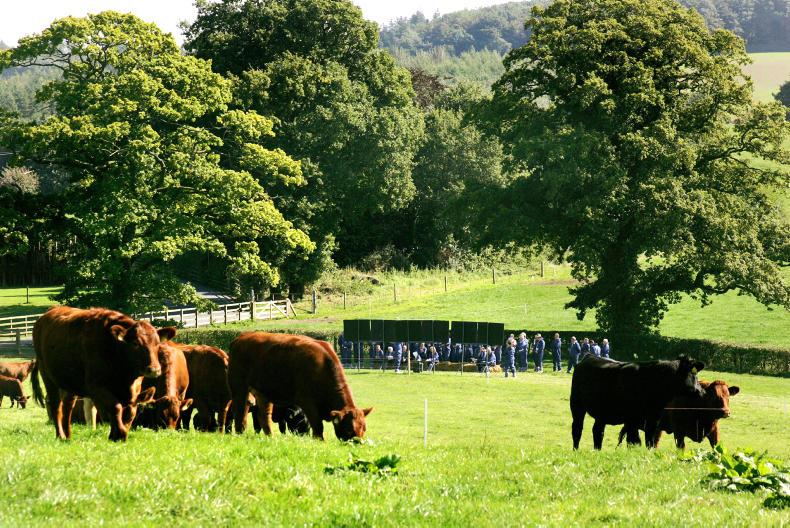
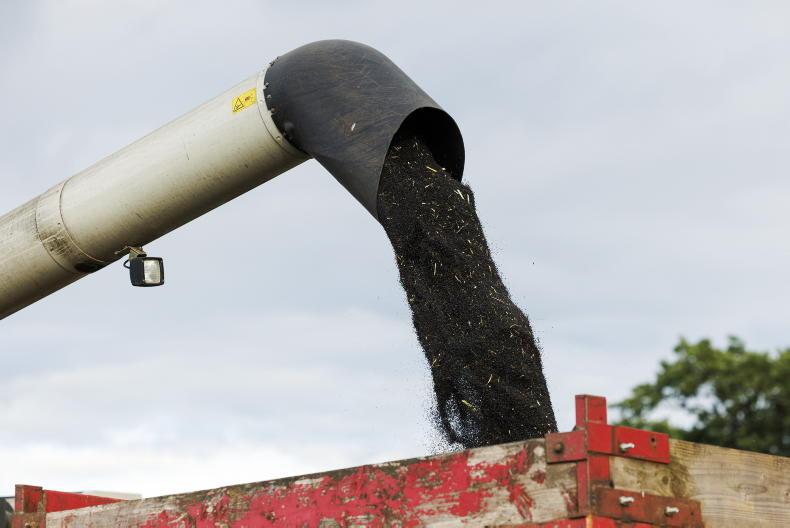

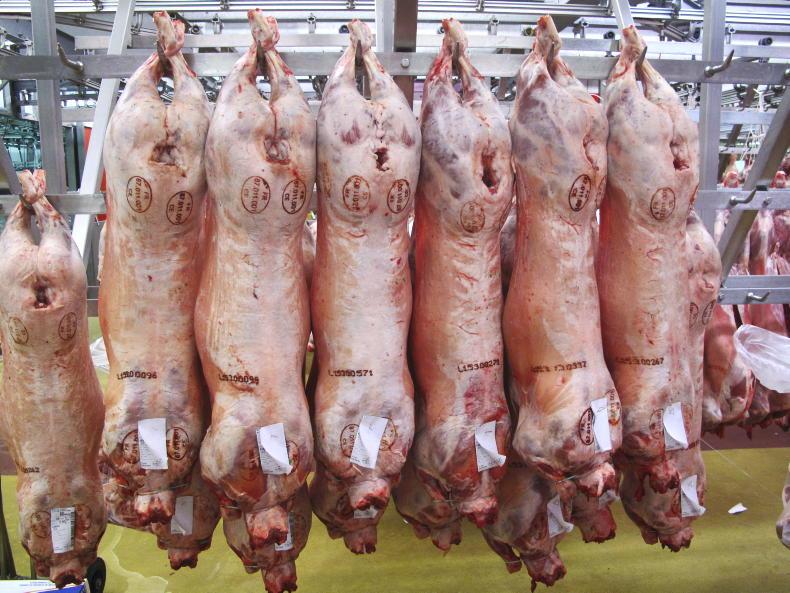
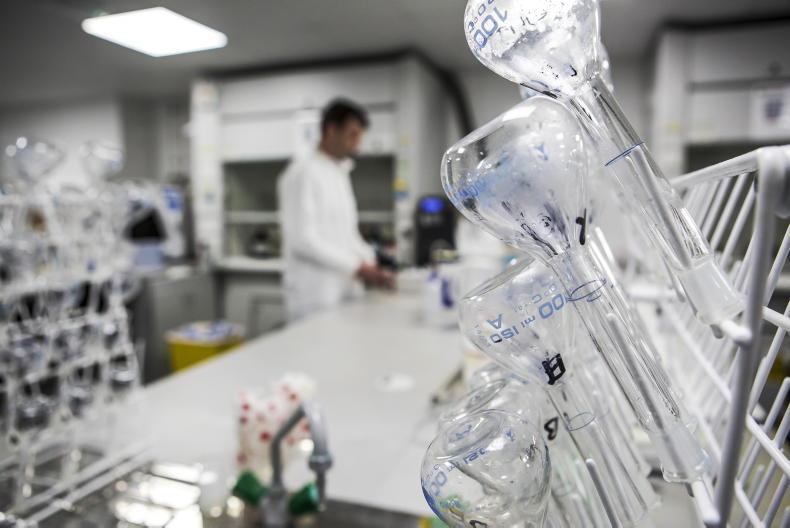
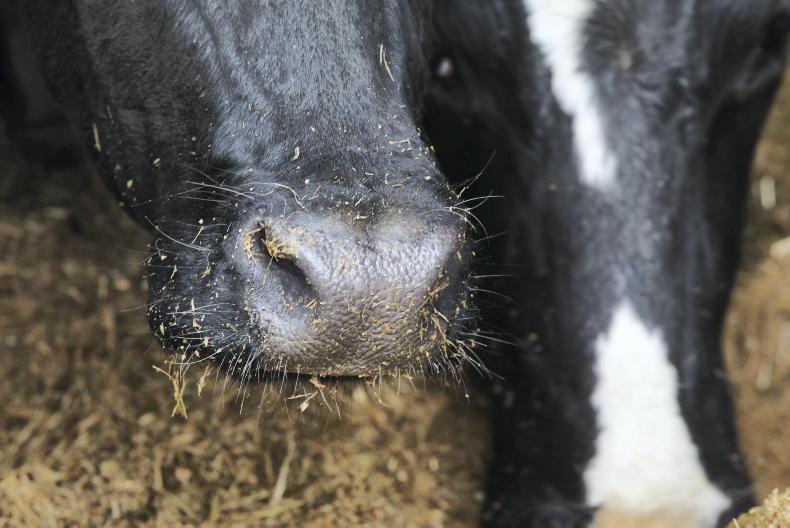
SHARING OPTIONS